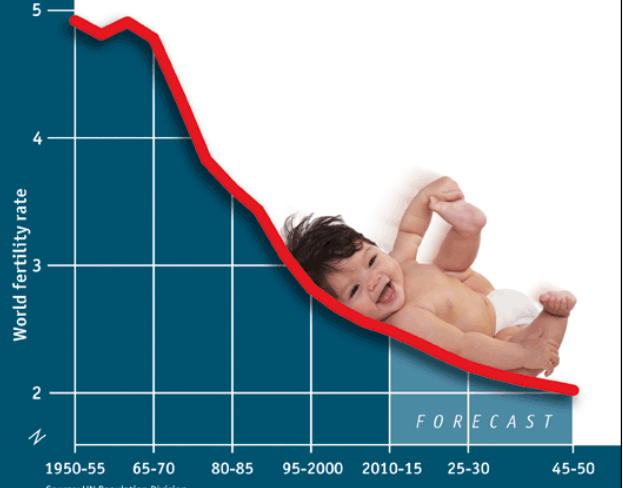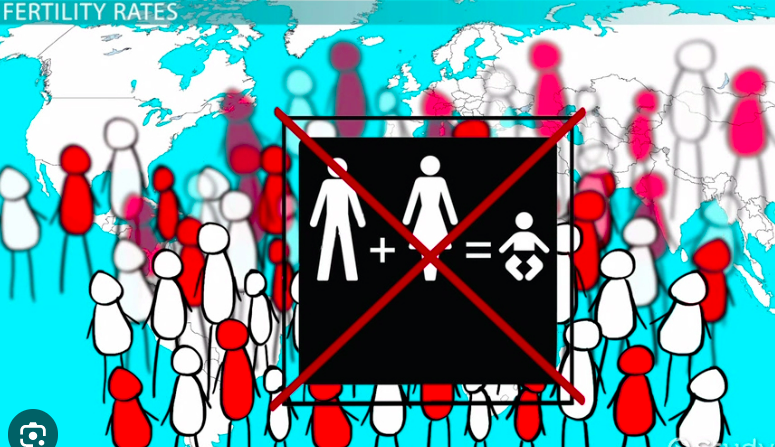
As usual last Friday of the month we had the Discussion Group meeting and this time talked about
What are the pros and cons of a falling fertility rate?
The fertility rate is the average number of live births per woman in the population. In order to maintain the current population size, the fertility rate needs to be 2.1 children per woman. If it is bigger, the population will grow. If it is smaller the population will age, and ultimately reach a point where the proportion of the population which is of working age is no longer large enough to support the increased proportion of the population beyond working age.
A fertility rate of <2.1 is becoming commonplace in developed countries, and according to a number of media reports, the COVID lockdowns of 2020/21 appear to have accelerated the trend in some countries. Suggested strategies to reverse the trend and/or mitigate the economic consequences vary widely, but which one will be effective?
Some of the reasons for falling fertility rates we discussed at the meeting were historical – 50 years ago family was a prestige. In the 1960’s family and children were the main block of society.

Now women more value carrier than non-status “mother” position. Earlier they faced peer pressure, now women have more choices and often choose not to get married or not to have children

Two opposite opinions dominated not only our discussion but the social research experts’ views as well
-pro-increased fertility because very rapid changes affect all the societies which are getting older and there are not enough young people to replace labour vacancies and support an ageing population.
-con – reduced fertility rates are in general good for the world because planet resources are limited, and the increasing production of different goods is related to environmental pollution and climate change.

Therefore less population for the whole world is not a bad thing.
But rapidly falling fertility rates are changing the demographic profile of societies in the majority of countries all over the world. It could cause a big imbalanced period and would affect important public services, like health care, and public infrastructure, for example, public transport, as well vital products and energy production, etc.
At the end of the discussion, we agreed that there is no clear and right solution we could agree as well as for the governments of different countries



